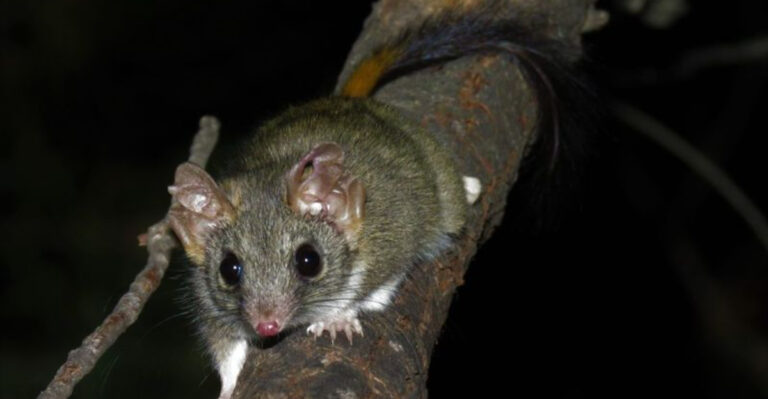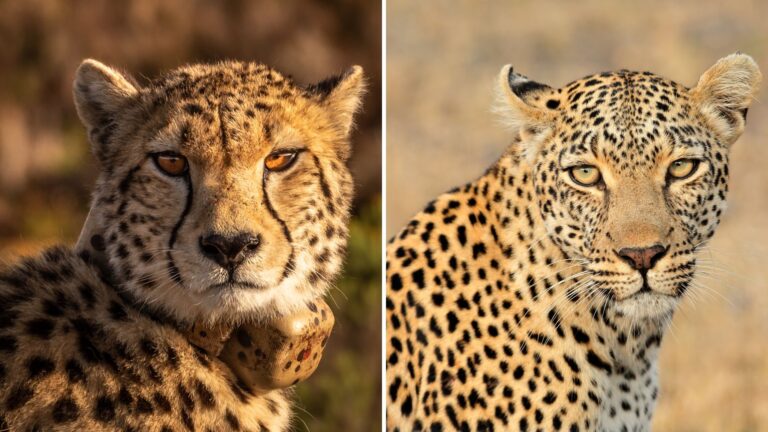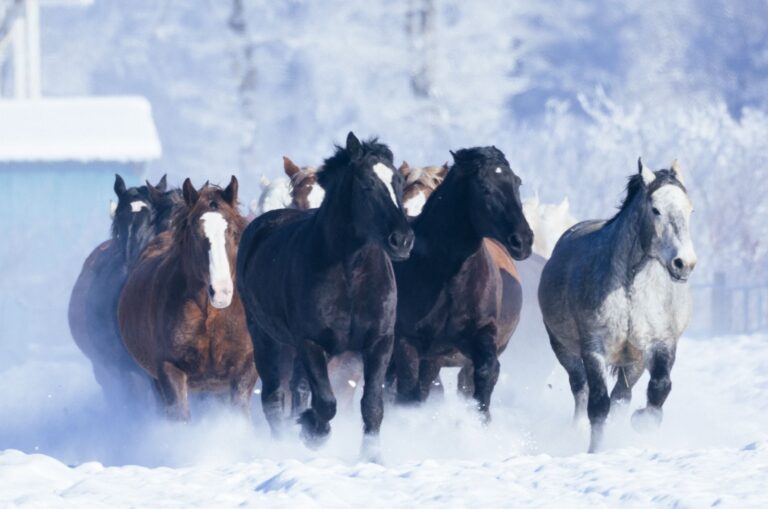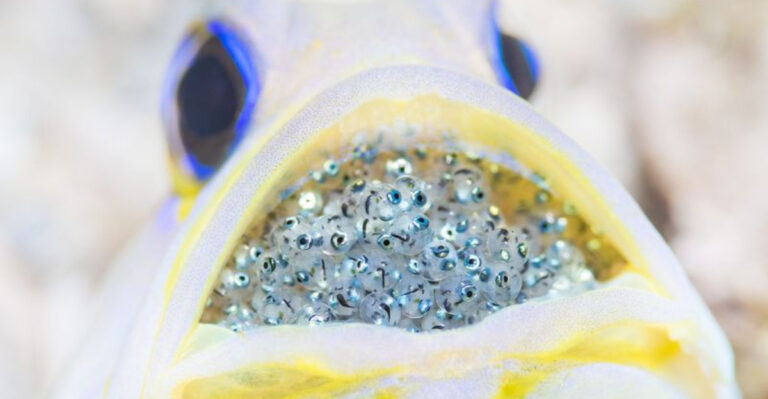The 8 Bear Species And 7 Rare Subspecies Roaming Across Four Continents Today

Bears captivate our imagination with their power, intelligence, and adaptability. From the frigid Arctic to steamy tropical forests, these magnificent mammals have carved out niches across North America, Europe, Asia, and South America.
Let’s explore the eight remarkable bear species and seven rare subspecies that still roam our planet today, each with unique characteristics shaped by their environments.
1. Grizzly Bear
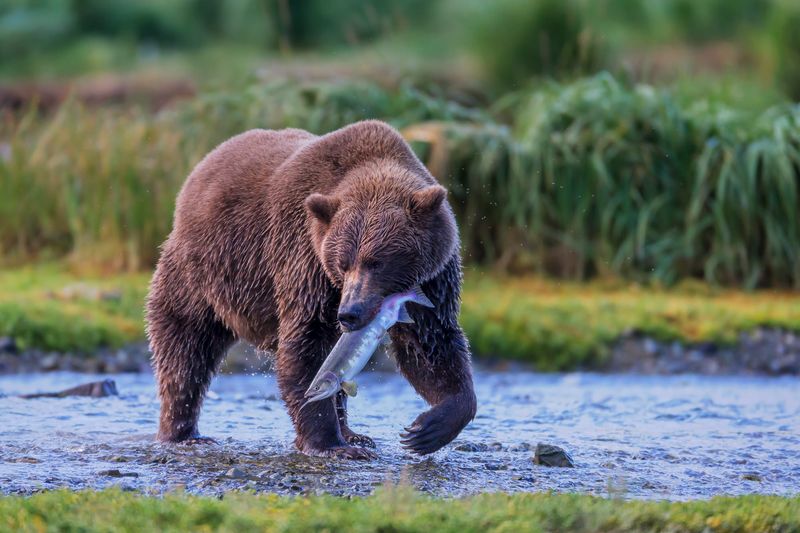
Massive shoulder humps and long front claws make grizzlies nature’s excavators. These North American icons can weigh up to 800 pounds yet sprint at 35 mph when threatened.
Primarily found in Alaska, Canada, and parts of the northwestern United States, grizzlies require vast territories to forage for berries, nuts, and salmon during their pre-hibernation feeding frenzy.
2. American Black Bear
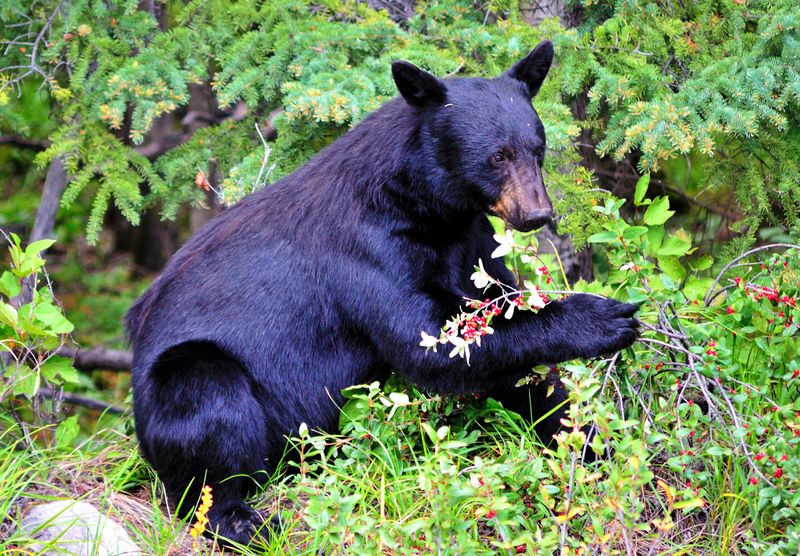
Don’t let the name fool you! American black bears come in cinnamon, blonde, and even white colors depending on region. These forest-dwelling opportunists have thrived while other bear species declined.
Masters of adaptation, they’ve learned to coexist near human settlements, sometimes raiding trash cans or bird feeders when natural food sources run low.
3. Polar Bear
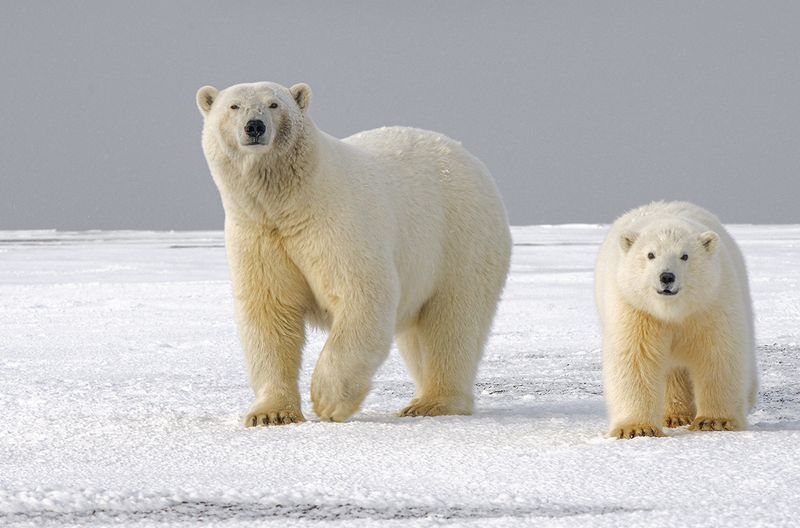
Arctic royalty with translucent fur that appears white, polar bears rule the frozen north as top predators. Their bodies are perfectly engineered for subzero temperatures and long-distance swimming.
Hidden beneath that thick coat lies black skin that absorbs warmth from the sun. These marine mammals depend entirely on sea ice platforms for hunting seals, their primary food source.
4. Eurasian Brown Bear
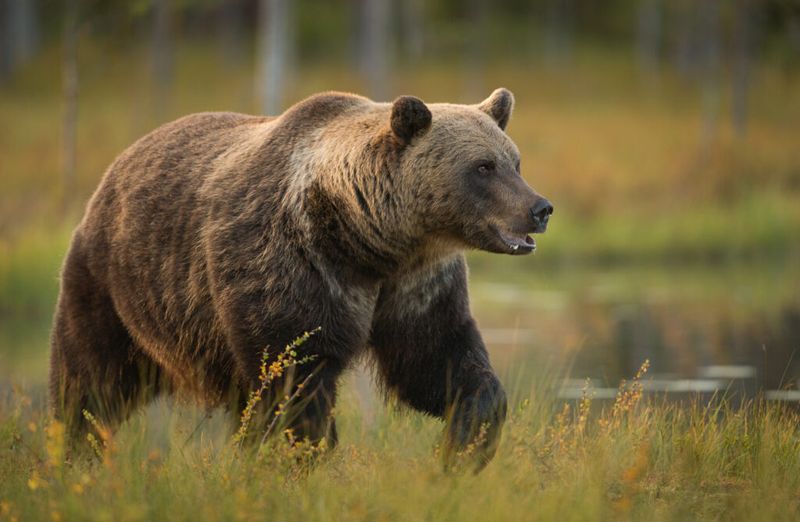
Ancient cave paintings prove humans have admired these bears for millennia. Eurasian brown bears once roamed from Britain to Japan but now occupy fragmented habitats across Europe and Asia.
Smaller than their North American cousins but equally impressive, they’ve adapted to diverse landscapes from Spanish mountains to Russian taiga forests. Their omnivorous diet shifts seasonally between plants, insects, and occasional meat.
5. Andean Bear

Sporting distinctive facial markings as unique as human fingerprints, Andean bears are South America’s only native bears. These spectacled creatures navigate steep mountain slopes with remarkable agility.
Tree nests built high above the ground serve as feeding platforms and resting spots. Despite their imposing size, their diet consists mainly of bromeliads, fruits, and palm hearts harvested from cloud forest vegetation.
6. Sun Bear
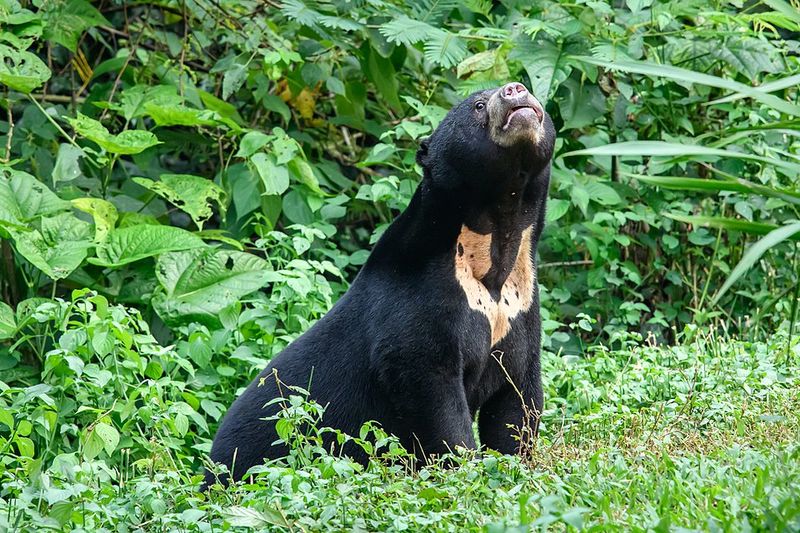
Sporting a golden chest patch resembling a rising sun, these smallest bear species pack surprising strength into compact frames. Their extraordinarily long tongues (up to 10 inches!) extract honey from beehives and insects from tree cavities.
Rarely descending from the canopy, sun bears spend most of their lives among the treetops of Southeast Asian rainforests. Sadly, habitat destruction and poaching for traditional medicine threaten their future.
7. Sloth Bear
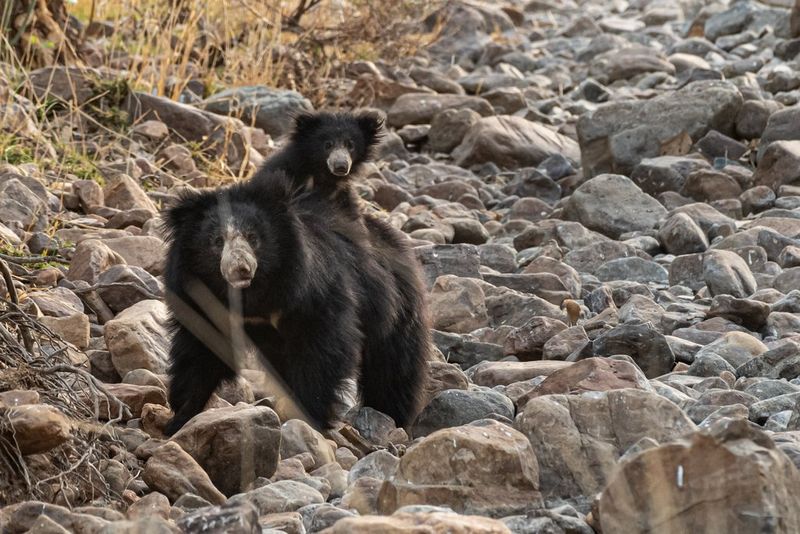
Shaggy-haired vacuum cleaners of the forest! Sloth bears have evolved specialized lips that create powerful suction for their favorite food: termites. Missing front teeth allow them to suck insects directly from mounds.
Found across India, Nepal, and Sri Lanka, these bears carry cubs on their backs while foraging—a rare behavior among bear species. Their unkempt appearance and unusual feeding habits once confused early naturalists.
8. Giant Panda
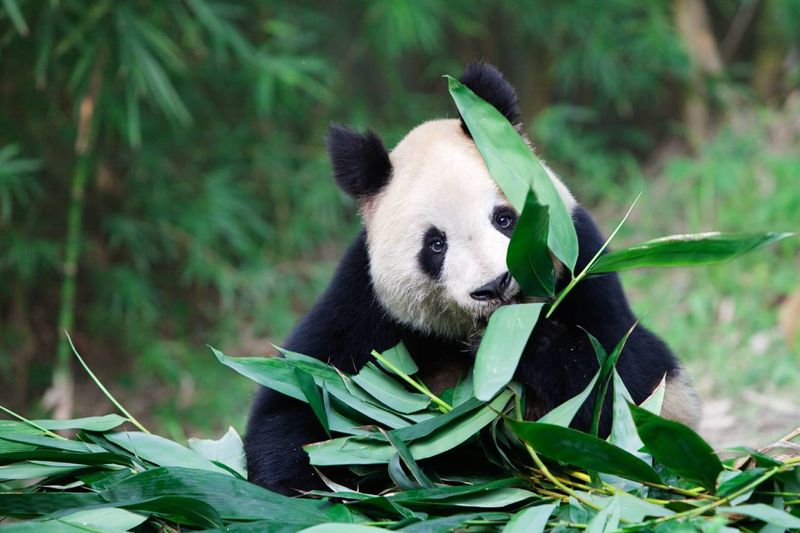
Conservation rock stars with distinctive black-and-white markings, giant pandas spend up to 14 hours daily munching bamboo. Their wrist bones have evolved into a pseudo-thumb to grip stems more efficiently.
Despite being classified as carnivores, these bears derive 99% of their nutrition from bamboo—a remarkable dietary specialization. Wild populations are slowly recovering in China’s mountain forests thanks to intensive protection efforts.
9. Kodiak Bear (Grizzly Subspecies)
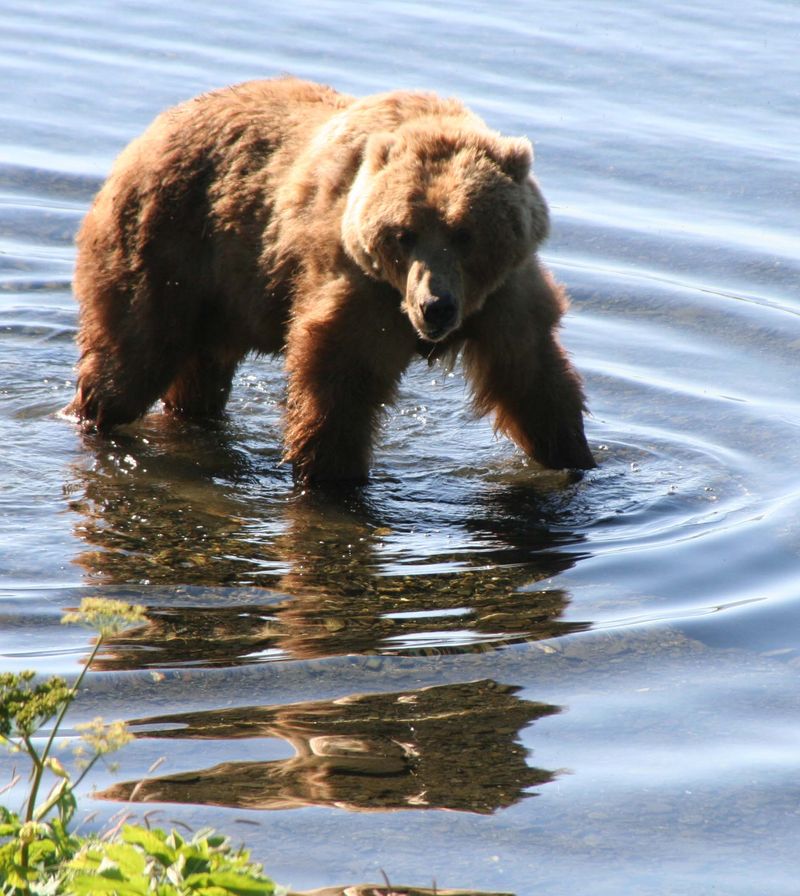
Island giants that rival polar bears in size, Kodiak bears evolved in isolation on Alaska’s Kodiak Archipelago for over 12,000 years. Some males tip the scales at 1,500 pounds—heavier than a grand piano!
Blessed with abundant salmon runs and berry-rich meadows, these bears enjoy a protein-packed diet that fuels their massive growth. Despite their intimidating size, they generally avoid human contact.
10. California Grizzly Bear (Grizzly Subspecies)

Ghost bears that live only in memory and on California’s state flag. Once numbering 10,000 strong across California’s valleys and foothills, these golden-furred grizzlies vanished by 1924 due to unregulated hunting.
Historical accounts describe bears weighing up to 2,000 pounds—possibly exaggerated but indicating their impressive size. Their extinction represents one of America’s greatest wildlife tragedies and conservation wake-up calls.
11. Cinnamon Bear (American Black Bear Subspecies)
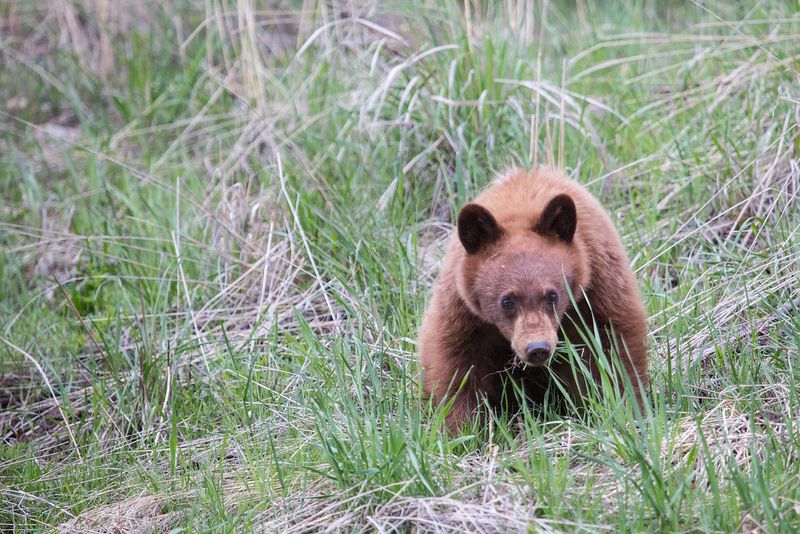
Rusty-coated forest dwellers that challenge our expectations of “black” bears. Their cinnamon to mahogany coloration results from a genetic variation more common in western mountain regions.
Despite their different appearance, these bears behave identically to their black counterparts. Rocky Mountain hikers often spot these beautiful variants foraging among aspen groves and pine forests during summer months.
12. Kamchatka Brown Bear (Eurasian Brown Bear Subspecies)
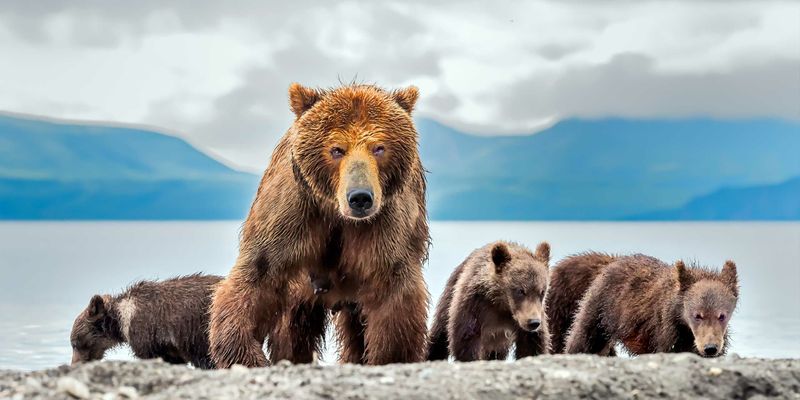
Volcanic peninsula giants that feast on Russia’s richest salmon runs. Kamchatka bears have evolved into some of the largest brown bears on Earth, rivaling Kodiaks in size and power.
Living in one of the most pristine wilderness areas remaining, these bears gather by the dozens at spawning streams. Female “Kamchatkas” fiercely protect their cubs during the two to three years they remain together.
13. Bristol Bay Brown Bear (Eurasian Brown Bear Subspecies)
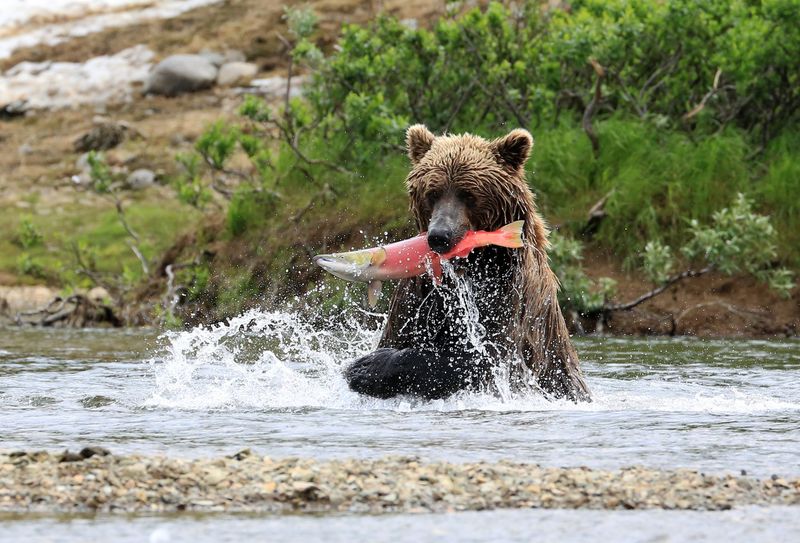
Alaska’s fishing champions with distinctive dish-shaped faces. Bristol Bay bears have perfected the art of salmon catching in the world’s most productive sockeye fishery.
During peak salmon runs, these bears become incredibly selective—often eating only the fattiest parts like skin, eggs, and brains before moving to the next fish. Their exceptional fishing skills allow them to pack on hundreds of pounds before winter hibernation.
14. Tibetan Blue Bear (Brown Bear Subspecies)

Mysterious mountain ghosts rarely glimpsed by human eyes. Tibetan blue bears roam the “roof of the world” at elevations exceeding 18,000 feet—higher than any other bear species. Their blue-black fur with silver-tipped guard hairs creates their unusual coloration.
Local folklore connects these elusive bears to the Yeti legend, as few scientific expeditions have successfully documented them in their remote Himalayan habitat.
15. Himalayan Brown Bear (Eurasian Brown Bear Subspecies)
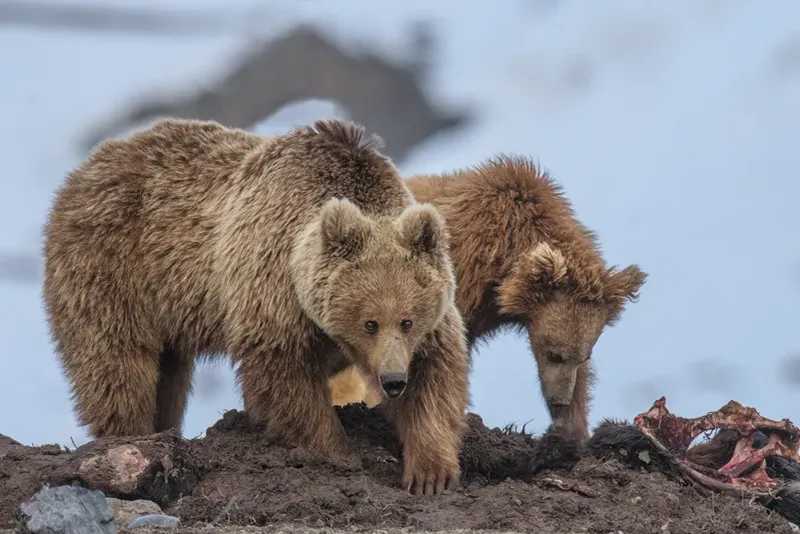
High-altitude survivors teetering on extinction’s edge. Fewer than 200 Himalayan brown bears remain scattered across remote valleys in Pakistan, India, and Nepal. Reddish-brown fur with silver-tipped guard hairs helps them blend into mountain landscapes.
Unlike other brown bears, they’ve adapted to year-round foraging rather than true hibernation due to their harsh environment and limited food resources.

